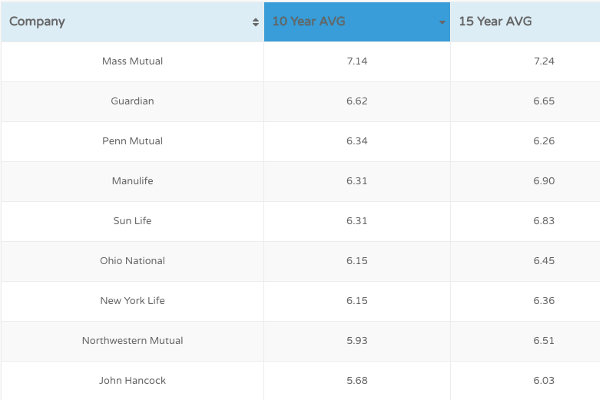When it comes to life insurance, two popular options that individuals often consider are universal life insurance and whole life insurance. Both types of policies offer lifelong coverage and come with their own unique features and benefits. One aspect that sets them apart is the level of policy customization they provide. In this blog post, we will delve into the details of universal life insurance vs whole life insurance, comparing their policy customization options to help you make an informed decision.
Click below to get a Quote Now
Get Me A Quote
To make informed decisions about the tax implications of life insurance premiums, it's advisable to consult with a tax professional who can provide tailored advice based on your individual needs and objectives.
Click below to get a Quote Now
Get Me A Quote
Understanding Universal Life Insurance
Universal life insurance is a flexible policy that allows policyholders to adjust certain aspects of their coverage. Here are some key features and customization options associated with universal life insurance:- Premium Flexibility Universal life insurance offers flexibility in premium payments. Policyholders can choose to pay higher or lower premiums within certain limits, depending on their financial situation and goals.
- Death Benefit Adjustments One of the significant advantages of universal life insurance is the ability to adjust the death benefit. This means policyholders can increase or decrease the coverage amount to align with their changing needs over time.
- Cash Value Accumulation Universal life insurance policies typically include a cash value component that grows over time. Policyholders can use this accumulated cash value to pay premiums, take loans, or make partial withdrawals, offering a level of financial flexibility.
- Investment Options Some universal life insurance policies offer investment options within the policy. Policyholders can allocate a portion of their premiums towards investment accounts, such as stocks, bonds, or mutual funds, potentially earning additional returns.
Tailor Your Future - Compare Universal vs. Whole!
Click below to get a Quote Now
Get Me A Quote
Self-Employment
Self-employed individuals have the opportunity to deduct a portion of their life insurance premiums as a business expense. This can be particularly advantageous for those who rely on life insurance to protect their business and its assets.Long-Term Care Riders
Some life insurance policies come with long-term care riders, allowing policyholders to access the death benefit to pay for qualified long-term care expenses. In some cases, the premiums for such policies may be tax-deductible to the extent that they are used for long-term care.Estate Taxes
Life insurance can play a vital role in estate planning by providing funds to cover estate taxes. In some cases, the premiums paid on life insurance policies that are used to pay estate taxes may be tax-deductible.Legal and Financial Advice
Navigating the tax implications of life insurance can be complex. Seeking guidance from a qualified tax professional or financial advisor is crucial to ensure you make the most of any potential tax benefits and deductions available to you.Conclusion
Understanding the tax deductibility of life insurance premiums requires a careful examination of your specific situation. It's essential to consider the type of policy you have, its purpose, and your financial circumstances. While life insurance premiums are generally not tax-deductible for personal protection, there are exceptions and scenarios where deductions are possible, especially in a business context or when used in combination with other financial tools.To make informed decisions about the tax implications of life insurance premiums, it's advisable to consult with a tax professional who can provide tailored advice based on your individual needs and objectives.
Tailor Your Future - Compare Universal vs. Whole!
Click below to get a Quote Now
Get Me A Quote




